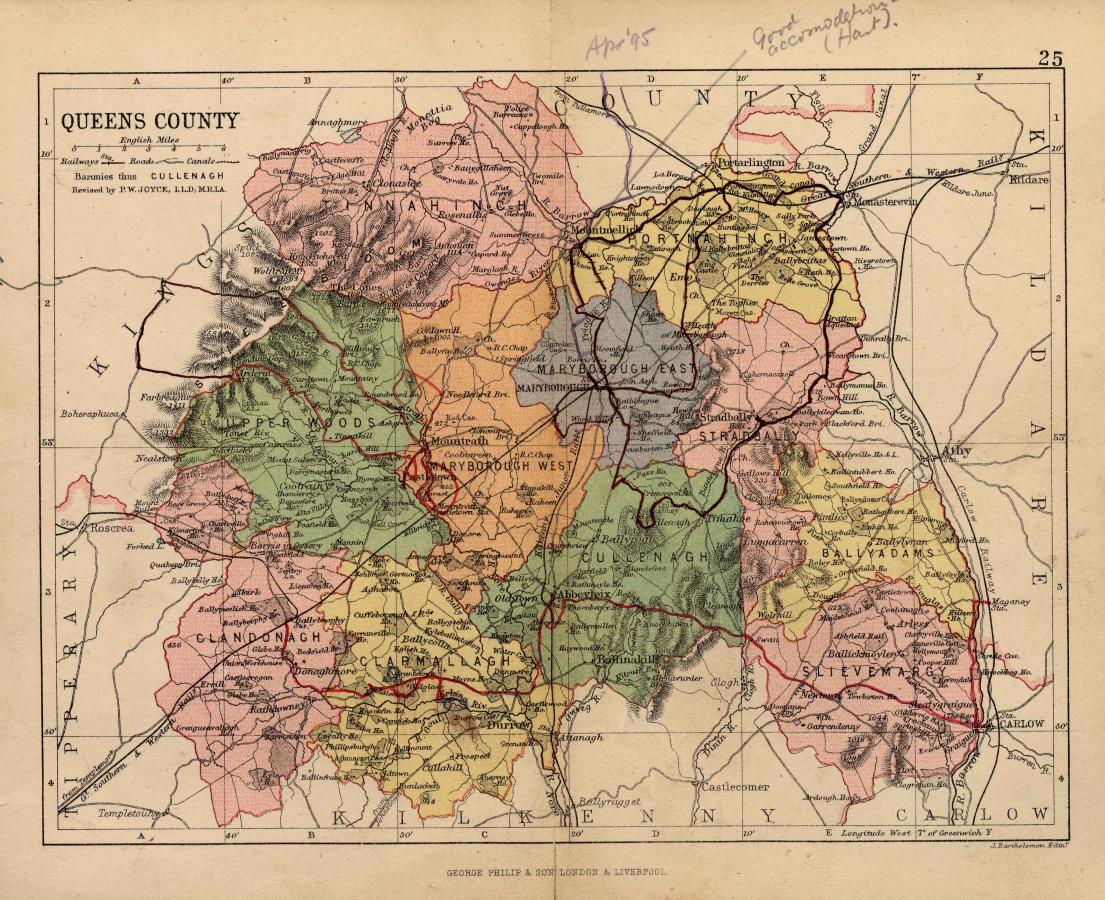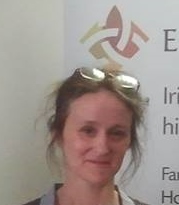
While the majority of the work we do involves researching family histories, we are also often commissioned to undertake house histories.
I’ve always enjoyed this work as it can involve looking at early Ordnance Survey maps, estate accounts, Griffith’s Valuation and the like. I am always delighted if the house happens to be located on the Coolattin estate in county Wicklow, once owned by the Fitzwilliam family.
The National Library holds beautifully executed coloured maps and detailed information on the tenants in each of the townlands. If I cannot find estate papers, the first source that I always go to is the House Books held in the National Archives. These were valuers’ notebooks circa 1820s to 1850s (predating Griffith’s Valuation) and divided up by civil parish.
Not all of the books survive for each parish in the county, but those that do have been digitised and are available on the national archives website and findmypast.ie.
Each building in a townland, provided it was over a certain value, was measured and given a letter and number. So for instance – a thatched dwelling house, old but in repair, would be rated 2C+. A new slated dwelling house, ‘ordinary building and finish…’ would be rated 1A-. Offices (outbuildings) were also rated.
So, if you know the townland that your family lived in, or the town – as town books also exist – you might be able to find out a few more details about the lives of your ancestors in the 19th century.
Happy hunting!
By Helen Moss
